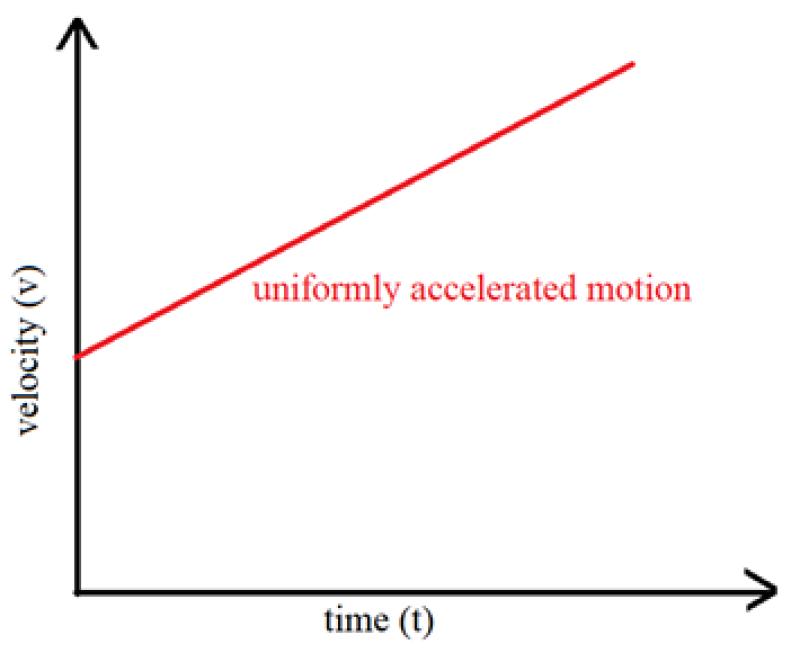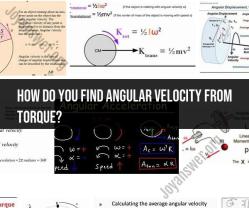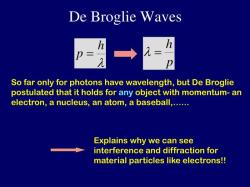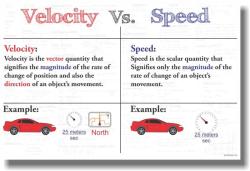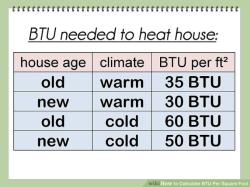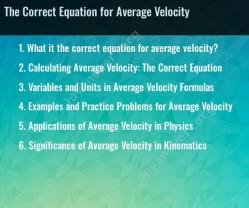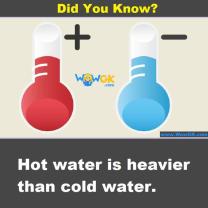What measures the rate of change of velocity?
The rate of change of velocity is measured by acceleration. Acceleration is a vector quantity that represents how quickly an object's velocity changes over time. It can be measured in various units, depending on the system of measurement being used. In the International System of Units (SI), acceleration is measured in meters per second squared ().
There are several ways to measure acceleration, and the choice of method depends on the specific context and the equipment available. Here are some common methods:
Using Accelerometers: Accelerometers are devices that measure acceleration. They can be integrated into various instruments and devices, such as smartphones, vehicles, and aircraft. Accelerometers can provide real-time data on changes in acceleration.
Motion Sensors: Motion sensors, like those found in video game controllers or fitness trackers, often include accelerometers to measure changes in velocity and acceleration.
Mathematical Calculations: If you know the initial velocity (), final velocity (), and the time () over which the change occurred, you can use the formula mentioned earlier:
where is acceleration, is the change in velocity, and is the change in time.
Experimental Setups: In a laboratory setting, experiments can be designed to measure acceleration. For example, a common experiment involves studying the motion of an object under the influence of a known force, and acceleration can be calculated from the resulting motion.
Factors influencing the rate of change of velocity (acceleration) include applied forces, mass, and the presence of resistive forces like friction. Newton's second law of motion states that the acceleration of an object is directly proportional to the net force acting on it and inversely proportional to its mass.
In summary, acceleration is the measure of the rate of change of velocity, and it can be determined through various methods, including the use of accelerometers, motion sensors, mathematical calculations, and experimental setups.
Measuring the Rate of Change of Velocity: Acceleration in Action
1. Instruments and Measurements:
There are several instruments used to measure the rate of change of velocity, depending on the context and desired accuracy:
- Accelerometers: These sensors directly measure acceleration by detecting changes in their internal mass due to motion. They are commonly used in smartphones, car airbags, aircraft navigation systems, and various scientific experiments.
- Gyroscopes: These instruments sense rotations and changes in angular velocity, which can be related to linear acceleration for specific motion types. They are used in aircraft navigation systems, satellites, and even virtual reality headsets.
- Cameras and tracking systems: High-speed cameras and video analysis software can be used to track the displacement of an object over time and calculate its acceleration indirectly. This technique is often used in sports analysis and scientific research.
- Doppler radar: This technology measures the change in frequency of reflected waves (e.g., sound or light) to determine the relative velocity and acceleration of an object. It is used in traffic radars, weather forecasting, and astronomy.
2. Measuring Acceleration:
In physics and engineering, acceleration is primarily measured in units of meters per second squared (m/s²). This represents the change in velocity per unit time. Different methods can be used depending on the chosen instrument and application:
- Direct reading accelerometers: These sensors display the instantaneous acceleration value in real-time.
- Data recording and analysis: Acceleration data from sensors can be recorded and analyzed later to calculate average or peak acceleration values, as well as variations over time.
- Kinematic equations: If displacement and time data are available, kinematic equations can be used to calculate the average acceleration experienced by an object.
3. Practical Applications of Measuring Acceleration:
Measuring the rate of change of velocity has numerous critical applications across various fields:
- Transportation: Accelerometers in cars and airplanes monitor acceleration for safety systems like airbags and stability control.
- Sports and fitness: Athletes use accelerometers to track their performance, measure impact forces, and optimize training techniques.
- Robotics and automation: Accelerometers help robots sense their movements and maintain precision in their actions.
- Medical research: Studying body movements and accelerations can provide insights into health conditions and improve diagnoses.
- Space exploration: Measuring the acceleration of spacecraft and celestial objects is crucial for navigation and understanding the laws of physics in space.
These are just a few examples. Understanding and measuring the rate of change of velocity plays a vital role in many aspects of our lives, from ensuring safety in everyday activities to exploring the vastness of the universe.
